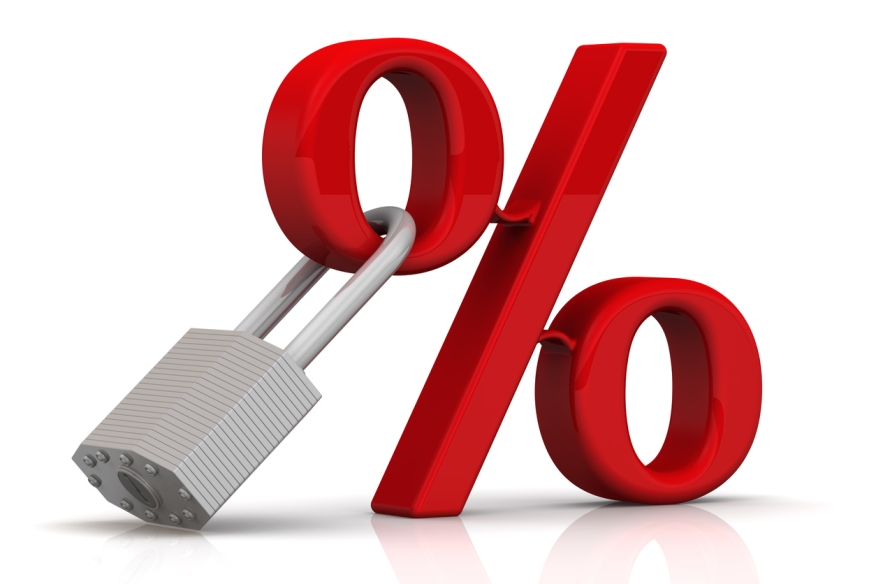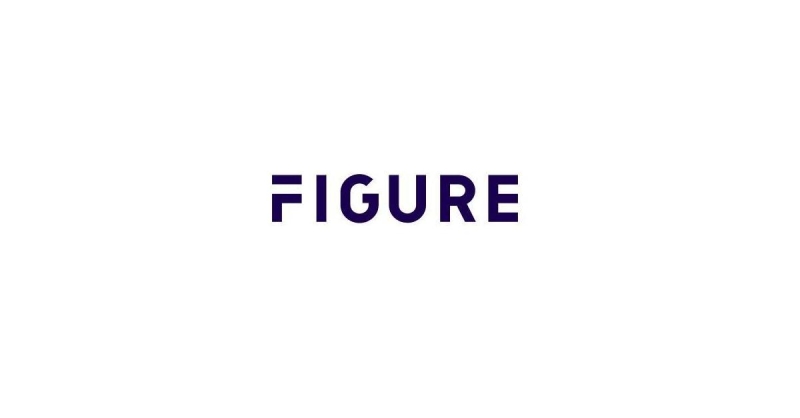
Black Knight: Purchase Locks Fell 22% In November

Overall rate lock dollar volume down 21.5% month over month, remaining at the lowest level since February 2019.
- Purchase lending, which accounted for 85% of volume, fell 22.1% from October.
- The drop in rate lock activity represents an eight-month straight decline.
Overall rate lock dollar volume is down 21.5% month over month, remaining at the lowest level since February 2019. That’s according to Black Knight’s latest Originations Market Monitor report, which looks at mortgage origination data through November month-end.
The drop in rate lock activity represents the eighth straight monthly decline. Overall lock volumes are down 39% over the past three months and 68% off last year’s levels.
Cash-out refinances, which had shown initial resilience when interest rates first began to rise, fell 18.4% from October and are now down about 86% from last year. Rate/term refinances fell 17.1% and remain down more than 93% from the same month in 2021.
Refis remained at record lows, but edged upward to 15% of this month’s lock volume due to an even sharper decline in purchase locks.
Purchase lending, which accounted for 85% of volume, fell 22.1% from October and more than 50% from last year.
The across-the-board decline was driven by a 22% drop in purchase locks, reflecting the strong impact of seasonality, the long Thanksgiving holiday weekend, and the lack of housing inventory.
When excluding the impact of record home-price growth on volumes over the last several years by looking at the raw number lock counts, the data shows them down 48% year over year and 27% compared to pre-pandemic levels in 2019.
“Mortgage rates pulled back slightly in November based on what the market perceived as good inflation news,” said Scott Happ, president of Optimal Blue, a division of Black Knight. “The spread between mortgage rates and the 10-year Treasury yield narrowed by 13 BPS (basis points) during the month to 283 BPS in a sign that investors and lenders may be seeking to accelerate the impact of falling rates. With so much rapid movement in the rate environment recently, our Optimal Blue researchers will be keeping a very close eye on how the situation develops and to what degree it impacts origination volumes, one way or another.”
Happ added, “While we would normally expect some seasonal pullback in activity in November, we are also seeing exceptionally strong headwinds in purchase activity from continued affordability challenges and a refinance market that has dwindled to all but nonexistent levels. This dynamic’s only been exacerbated by recent cutbacks in new home construction and the ongoing existing home listing inventory shortage. And, even with a half a point pull back in conforming 30-year rates in November, stalled inventory and rates nearly twice what they were a year ago, both serve as counteracting forces, somewhat negating recent home-price declines from an affordability perspective.”



